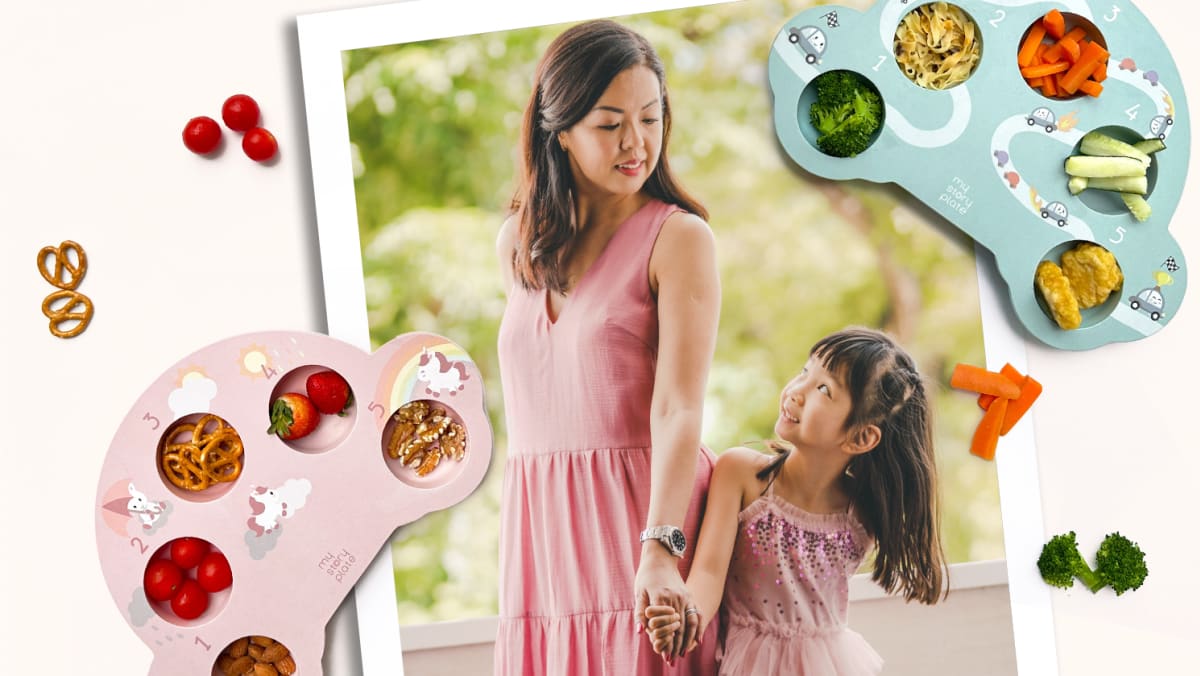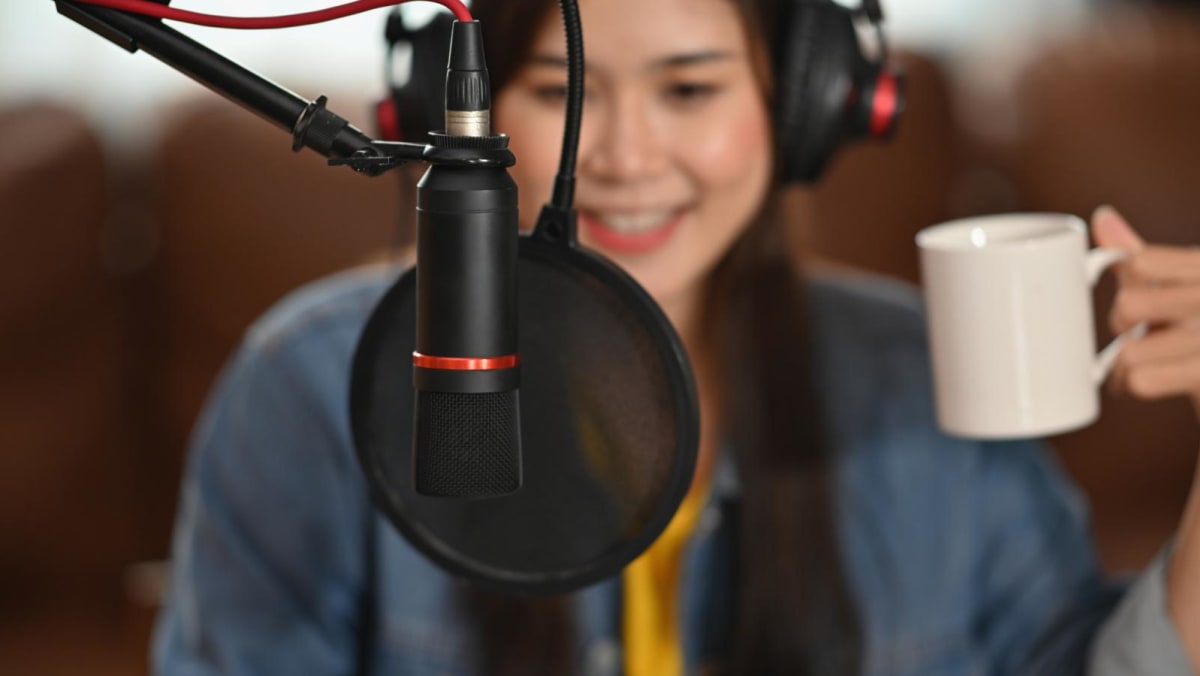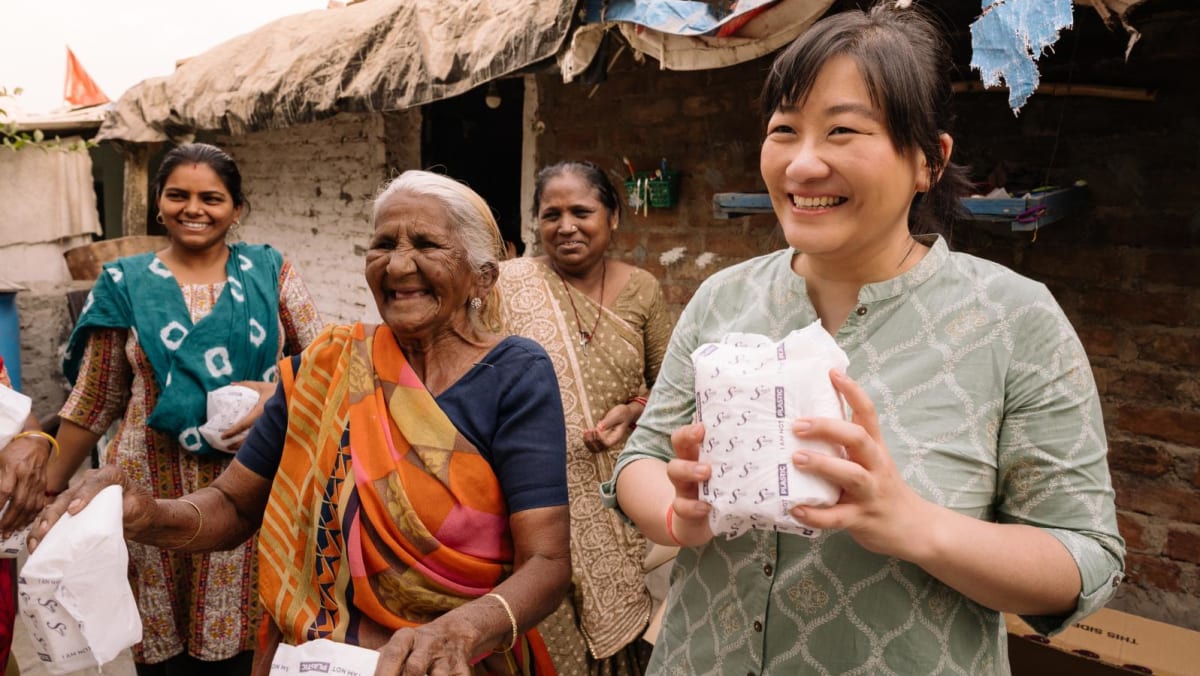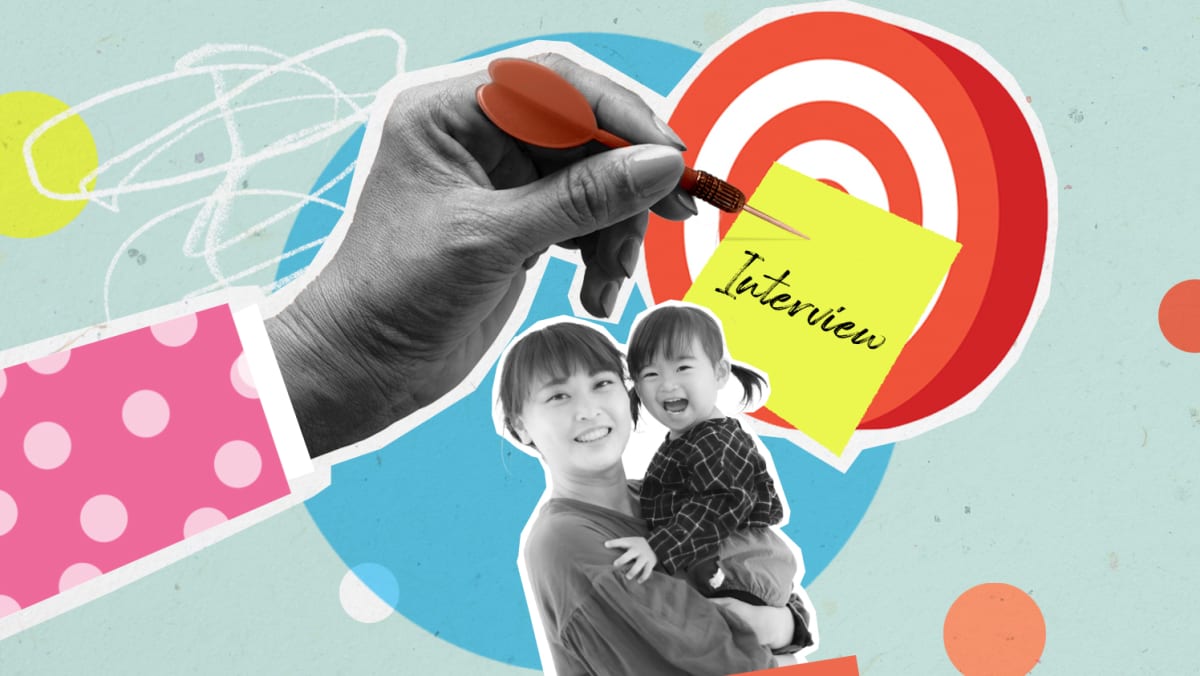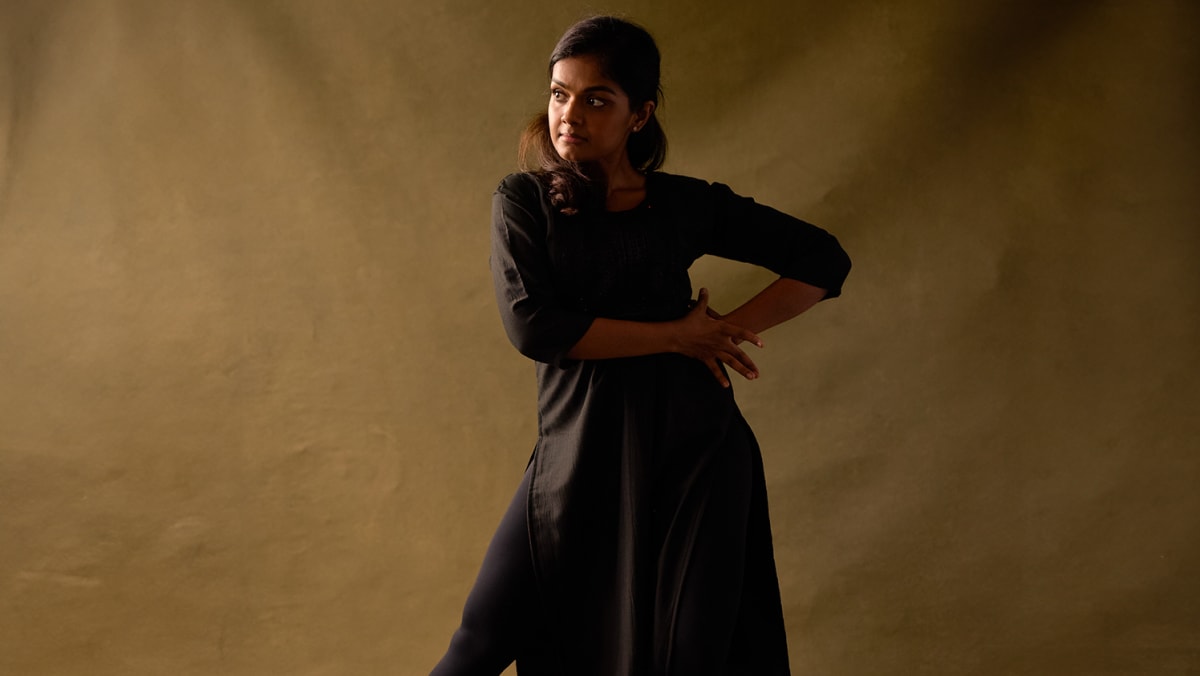Mother-of-one Rachel Raeburn recalled when her daughter, Oia Tan, was four years old and mealtimes would be a dreadful experience.
“Oia was easily distracted and would take an hour to finish her meals, and even then, often not finishing the contents on her plate. She didn’t like mushy food and green leafy vegetables with stems,” said the 49-year-old.
The founder of her public relations firm, Relish PR, would be tearing her hair out, coaxing Oia to finish her meals. The girl is now nine years old.
Serving meals on different coloured plates didn’t help either. Raeburn also noted that as the surfaces of many plates were flat, it was difficult to scoop up food with a spoon, more so for young children who are just learning to use a spoon.
“Generally, plates do nothing to encourage children to eat, other than to contain and present the food,” said Raeburn.
She did, however, notice that when she counted down the number of spoonfuls of food left on the plate, Oia would be motivated to eat. “I could see that she would make an effort to chew and swallow her food to take on the next spoonful.”





